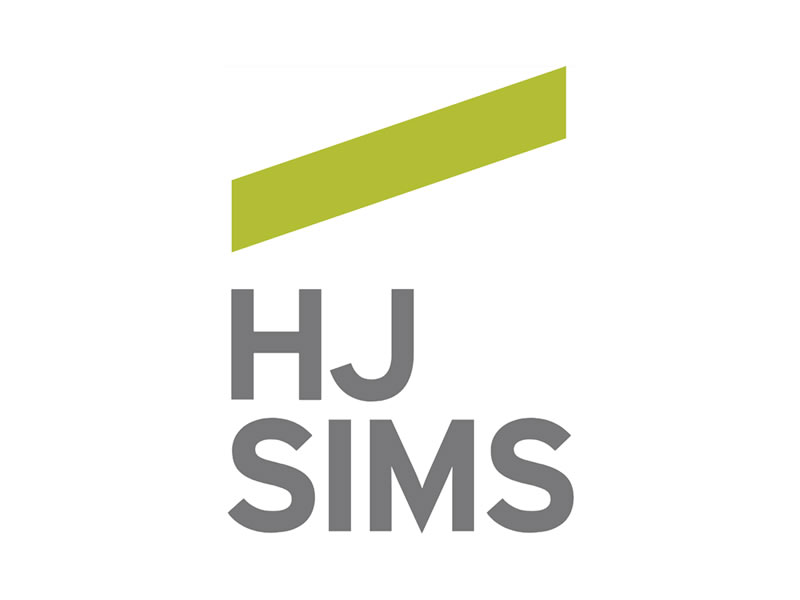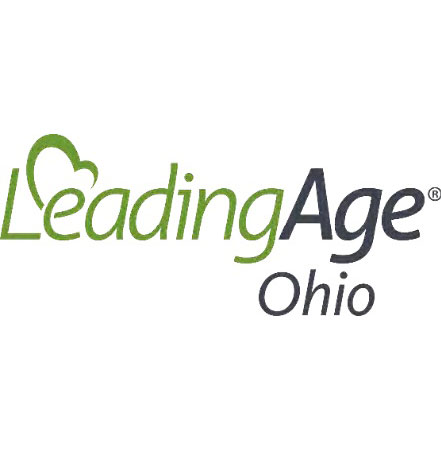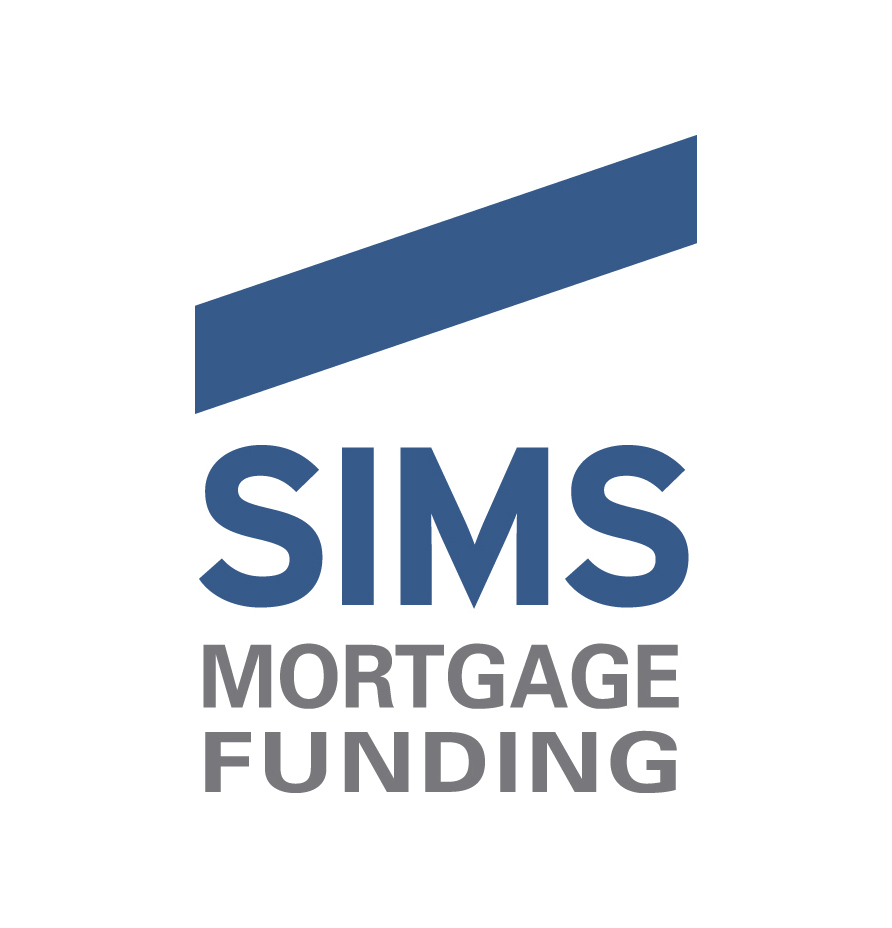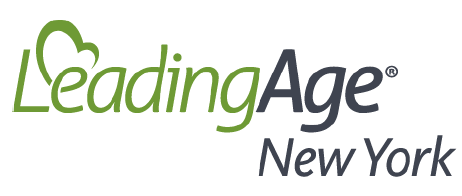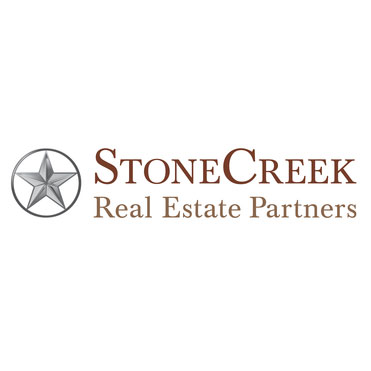by Gayl Mileszko
Colby College in Waterville, Maine celebrated its 200th commencement on May 23, an event now indelible in the memories of all 513 graduates and the Colby “Mule” families who gathered in person on the Mayflower Hill campus. This past weekend, hundreds of other ceremonies were held on campuses including the U.S. Naval Academy in Annapolis and other venues across the country for scholars receiving doctoral, master’s, bachelor’s, associate and high school diplomas. Sadly, at the University of Minnesota and Southern New Hampshire University, it was the second year in a row where the celebrations were virtual due to the pandemic. But festivities went hybrid at Arizona State University, where they hosted in-person outdoor events as well as remote ceremonies in which the commencement speaker appeared as a hologram, graduates participated in the form of robot avatars, and the dean officiated from within a digital rendering of the new headquarters for Thunderbird School of Global Management, still under construction. The Academy of Seminole in Oklahoma graduated its inaugural class of charter school seniors, and Kihei Charter School in Hawaii had one student in its 20th graduating class who simultaneously received her high school diploma and an associate’s degree in electronics and computer engineering technology from the University of Hawaii Maui College. At Arkansas Virtual Academy, an on-line charter school serving K-12 students across the state, both virtual as well as in-person graduations were held in Little Rock for its 300 seniors during National Charter School Week.
Charter schools have been celebrated all year long in the municipal bond market, where $1.28 billion of bonds have been sold since January, 56% more than were issued last year by the end of May. Charter schools looking to borrow in the tax-exempt markets to acquire, expand or refinance facilities generally go through state conduits or local authorities, but in Michigan charter schools may issue debt directly. In Texas, Colorado and Utah, charter school financings are often supported with direct or moral obligation pledges. This week, Life School of Dallas is planning a $94.1 million variable rate refunding rated AAA due to the guarantee from the Texas Permanent School Fund. The Denver School of Science and Technology is also in the market with a $17.7 million Aa3 rated new money issue supported by the state’s Debt Service Reserve Fund Program and the Colorado Charter School Moral Obligation pledge. Federal stimulus has bolstered state school funding levels, keeping the vast majority of public schools on stable financial footing for the time being. And, as we know, borrowing rates are at extreme lows, making property purchases, expansions and refundings most attractive for non-profits and for-profits with big plans for start-ups and growth.
Looking back, the first charter school opened in St. Paul in 1992 with 35 students and, two years later, Congress authorized a federal charter school program. The first charter school bond issue came in 1998 for Concord Academy in Petoskey, Michigan, a $1.3 million financing with a final maturity in 2018 priced at par to yield 7.00%. Since then, issuance has increased almost every year according to Bloomberg, in part reflecting the expanding presence of these schools in the educational system. Today, 44 states have a total of 3.3 million students enrolled. As institutions, the nation’s 7,533 charter schools currently outnumber both our country’s hospitals and our colleges. In New Orleans, 98% of students attend charter schools while in other places like Massachusetts and New York expansion is prohibited by law as caps are imposed on the number of charters allowed. Maine has a statewide cap of 10 but in Iowa, the Governor just signed into law a bill expanding the ability to form more. In Florida, the legislature recently passed a law allowing colleges and universities to issue charters. New Hampshire is utilizing new federal grants to assist in creating charters to assist at-risk students. And in West Virginia, issues surrounding the first charter school application are before the state supreme court.
Since March of 2020, it has been a time of learning loss and disengagement for students from kindergarten to graduate school age. The New York Times described it as “the most disrupted American school year since World War II.” But many charter schools have benefitted from new attention and increased support during the pandemic. Seventy eight percent of North Carolina’s 200 charter schools have reported waitlists. For those charters specializing in on-line or cyber learning, students experienced many fewer issues with instruction and equipment. K12, the largest operator of virtual schools, reportedly saw enrollment grow by nearly 50,000 students. According to the National Conference of State Legislatures, charter schools have more freedom over their budgets, staffing, curricula and other operations. It appears that they were able to pivot faster than many other public schools, for example supplying students phones equipped with Wi-Fi or directing funds to parents to pay for mobile hotspots or phones. Other charters provided community-based Wi-Fi access and kept parents and students engaged with academic and personal “wellness checks”.
The terms in many charter contracts with state, university or district authorizers have allowed for night classes, longer classroom hours and longer school years; this flexibility proved critical to many parents looking for better educational options during lockdowns or family relocations. Since a good percentage of charter schools are smaller in size than traditional public schools, they have often proven more nimble in adapting to changing federal and state guidelines and directives. Charter schools were also most notably among the first to re-open to in-classroom learning and this allowed many parents to return to work. For those parents in New York and New Jersey who prefer homeschooling and virtual learning environments, charter schools and private schools may be the only alternatives available to them this coming Fall. For those parents enrolled in one of the 209 Catholic schools that have closed over the past year, charter schools may look very attractive. For ESL and special education students, the student/teacher ratios at charter schools tend to be lower, designed to provide for more personalized attention, the kind that many parents have found invaluable over the past 15 months. Parents have also been keenly attuned to labor issues in discussions over the timing of returns to in-classroom learning. Only a small percentage of charter school teachers are unionized, so strikes such as the one currently threatened at three Urban Prep charter schools in the Chicago area are rare. Charter schools boasting 100% teacher retention this past year deserve every kudo. Nationwide, charter school teachers number 220,000 and student enrollment has doubled since 2011 according to the National Alliance for Public Charter Schools. Most schools are self-managed, but some have nonprofit charter management organizations like KIPP, Uplift and IDEA, and others use for-profit educational management organizations like K12Inc, Imagine, and Charter Schools USA.
There are seventeen public elementary and secondary school financings on this week’s $4.6 billion municipal calendar and four with combined par value of $156.9 million are for charter schools. In addition to the Denver and Dallas deals, the Global Outreach Charter Academy in Jacksonville, Florida plans a $24 million non-rated refunding and the Academic Leadership Charter School in the Bronx has an $18.5 million BBB- rated financing. Last week saw $47.8 million of bond issues for BB rated Seven Generations Charter School in Emmaus, Pennsylvania, and non-rated sales for High Desert Montessori Charter School in Reno, Nevada, Twin Lakes STEM Academy in Brooklyn Center, Minnesota, and Seven Oaks Classical School in Ellettsville, Indiana. These financings illustrate some of the geographic, credit and programmatic diversity available to investors in charter schools. Global Outreach offers foreign language programs beginning in kindergarten. Academic Leadership offers small group instruction and four periods of daily literacy. Life School students wear uniforms. Seven Generations focuses on sustainable living and environmental stewardship. High Desert, which opened in 2002, offers parents before and after school care for students up to 8th grade for a monthly fee. Twin Lakes is a K-6 charter expanding to 7th and 8th grade in the Fall of 2022. Seven Oaks teaches Latin and, like quite a few charters, does not provide transportation or offer a pre-school program.
Charter schools may serve a specific student population, including those who need to work during the day, those who are homeless, those who seek language immersion, those who are deaf. For investors, recent charter school bond deals have come with maturities in ten to forty years, coupons of 4.00% to 5.25% and yields ranging from 2.65% to 5.25%. But prospective buyers need to do their due diligence on area demographics and local politics, governance, security features, enrollment, retention, fundraising, report cards, wait lists and extracurriculars. The largest charter school network in Texas, IDEA Public Schools, recently fired the CEO and COO in the wake of allegations of widespread fraud for personal enrichment. New Hampshire’s only school district-supported public charter school, PACE Career Academy, is closing on June 7 after 10 years due to shortfalls in funding, fundraising, and staffing; it was founded as an alternative high school for struggling students and last had only 62 enrolled. Data show that those with weak governance, small and declining enrollment, and poor academic performance are more likely to fail. In the last academic year for which statistics are available (2017-2018), a total of 231 charter schools closed while 373 opened. For perspective, we note that charter schools currently account for only 1.2% of the distressed and defaulted municipal bonds reported by Bloomberg Intelligence.
Including charter school financings, muni issuance was $34.2 billion in May bringing year-to-date volume to $169.4 billion, up 7 percent over last year. Taxable issuance accounted for $7 billion of the total. To take advantage of market conditions but adhere to current refunding limitations, approximately 4% of 2021 bonds have been issued with forward settlement dates. The Bloomberg Barclays Municipal Index finished the month 0.30% higher, bringing its year-to-date returns to 0.78%, while the S&P Municipal Bond Index was up 0.40% in May and 0.95% since January. For high yield munis, the Bloomberg Barclays Index is up 4.80% this year after gaining 1.15% in May; the S&P Municipal Bond High Yield Index gained 1.17% last month, raising 2021 return totals to 4.27%. High yield munis have outperformed all other muni sectors and even the red-hot corporate high yield sector at 2.25%, however tax-exempts across the board are increasingly pricier than their taxable counterparts. The yield penalty for individual investors buying an A rated municipal bond versus an A rated corporate bond is 22 basis points as last calculated by CreditSights.
Contributing to muni price inflation is the surge of cash being returned to investors from maturing and called bonds as well as coupon income. There were insufficient opportunities to re-invest the $26 billion of redemptions we saw last month. New issuance failed to keep up with demand and secondary market offerings were mostly limited to low coupon bonds with microscopic yields retreating into negative territory with each new inflation report. This month, $59.7 billion of principal and interest will be available for reinvestment by muni bondholders while the new supply is only expected to total $9 billion. This summer all told, issuers will pay out more than $165 billion, including $124 billion of proceeds from maturing and called bonds and $42 billion in interest. Blackrock sees this tidal wave as producing the largest net negative issuance period in history at negative $54 billion. We note that investors frustrated by the lack of supply of individual bonds have turned to municipal bond mutual funds and ETFs. These funds are, in turn, are pushing prices for the limited supply of mostly rock-bottom yielding bonds available in the primary and secondary even higher. Funds have seen $43 billion of inflows so far this year, the strongest demand through May on records maintained by Lipper since 1992.
Central bank policies have the world suspended in a low rate and negative rate environment for several years now. At present, however, there are no 30-year sovereign yields below zero; only Germany, Switzerland and the Netherlands still have 10-year sovereign bonds with negative yields. U.S. Treasury yields have moved within a 20 basis point range these past two months. The 10-year has averaged 1.61% and that is where it stands at this writing, down 13 basis points since the end of March. The 30-year yield has averaged 2.30% and that is just above where it currently stands, down 13 basis points from the close on March 31. The ICE BoAML Treasury Index gained 0.30% in May but year-to-date returns remain negative at -3.52%. The 10-year Baa corporate yield has been moving in a 14 basis point range in either direction and now stands at 3.20%. Investment grade corporate bond indices returned 0.70% last month, but are also negative at -2.68% since January. The 2-year AAA municipal general obligation bond yield at 0.10% has moved within an 8 basis point range, the 10-year yield at 0.90% has dropped 22 basis points and the 30-year at 1.51% has fallen 24 basis points since March 31. During this timeframe, the S&P 500 has gained nearly 6% to close May at 4,204 and the Nasdaq has risen almost 4% to 13,748. Oil prices have closed 7% higher to $66.32, gold is up 11% to $1,906, and silver prices at $28.04 have gained 15%. In overpriced and low yielding markets, we know that speculative activity has been overwhelming investing activity – and in no case has the speculation and volatility been more evident than with cryptocurency. Bitcoin prices at 37,144 have fallen 37% in the last two months but nevertheless remain 30% higher on the year.
Refinitiv Lipper reported $1.46 billion of inflows into municipal bond mutual funds last week; high yield funds took in $813.8 million of that net total. Investment grade corporate bond funds had $911 million of net investment and U.S Treasury bond funds added $980 million while domestic equity funds saw $1.74 billion of outflows and high yield corporate funds had $1.36 billion of net withdrawals. June marks the halfway point in the year, so this is the perfect time to contact your HJ Sims representative to review alternatives to fund investments and discuss any new investment needs, interests and concerns. In particular, we extend congratulations to all recent graduates and invite them to start working with us on a plan for a successful financial future.
